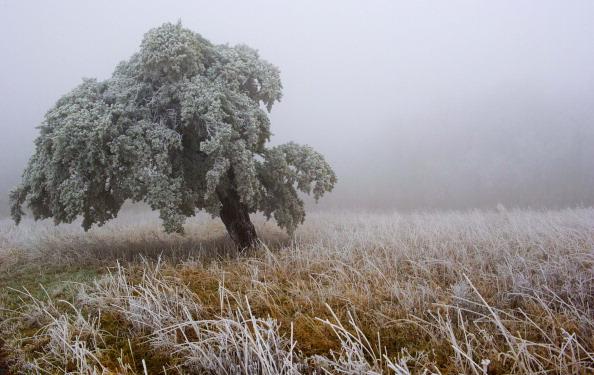While it’s full-on summer across the country, it’s time to think about winter for a few minutes. Winter can really make a person feel alive – snowflakes seemingly hanging in the sun, crisp air making one aware of every breath, the feel of snow crunching beneath the feet. Enjoying the outdoors during wintertime in the backcountry lands of our national forests offers a great opportunity to take part in various snow sports, view amazing sceneries, and track the comings and goings of wildlife in the snow. It’s time for us to act to protect those opportunities and wildlife habitat in our national forests!
On June 18, the United States Forest Service released its long-awaited draft federal rule that determines how national forests decide where over-snow vehicles (OSV) such as snowmobiles are allowed to go. It’s critical that we plan where and how we travel through national forests. Before this rule, in many places there was an ‘anything goes’ approach to these kinds of decisions, giving an almost free reign to these vehicles, and making it difficult for wildlife to find quiet refuges away from areas where the vehicles are used. By designating specific trails and areas where visitors may use vehicles like snowmobiles, we have an opportunity to bring balance to the backcountry, and minimize any potential damage to the environment or to wildlife security before they occur.
Creating this rule is an important first step. Unfortunately, as it is currently written, we don’t think it will accomplish much. Thankfully, since this is a draft with a public comment period, there is time to ask the Forest Service to make some changes:
Closed Unless Designated Open
In the proposed rule, land managers can choose to either manage areas of national forests as “open unless designated closed” (the current status quo for some existing winter management) or “closed unless designated open.” The latter is how they manage all-terrain vehicles (ATVs), so it makes sense to take the same approach to over-snow vehicles. Allowing land managers to choose between two options will mean major inconsistency across seasons (OSVs in winter, ATVs in other seasons), and confusion for visitors when one national forest selects one approach to managing OSVs and the neighboring forest selects the other. An “open unless closed” policy also assumes that OSV use does not harm wildlife. Instead of making this assumption, the Forest Service should decide where OSV is compatible with wildlife conservation, and limit use to those areas. The final rule should follow the “closed unless designated open” approach.
In addition, the proposed rule allows the Forest Service to designate massive OSV cross-country use areas, and ignore the impacts of specific OSV trails within those areas. Doing this undermines wildlife conservation in many ways, including weakening the ability to protect key wildlife habitats. The final rule should be changed to reduce the scope of OSV areas to a more manageable scale and require land managers to consider the impacts of individual trails.
Scrutinize all Snowmobile Use – No Grandfather Clauses
The draft as currently proposed would grandfather-in a range of past management designations for OSVs. The draft goes too far by allowing past OSV use decisions to stand, even if they did not adequately address the impacts to wildlife, winter ecosystems, and other users.
Dated or non-comprehensive OSV plans may not adequately address wildlife concerns, or even meet legal requirements for motorized use planning. When planning for these kinds of vehicles, the Forest Service must follow a specific policy called Executive Order 11644, which requires them to minimize harassment and disruption of wildlife and their habitat. This proposed OSV rule must be consistent with this Executive Order – so the Forest Service must make sure any previous OSV management designations incorporate these “minimization requirements” before they are grandfathered in.
Canada lynx, wolverines and other sensitive wildlife species can suffer negative consequences from noisy winter recreation. The Forest Service should make sure that the final rule helps those animals better survive harsh winter conditions. We have until August 4 to let the Forest Service know that we value quiet winter landscapes for ourselves and for wildlife, and we want to see consistent management of motorized vehicles across all seasons.
Your Comments Are Needed!
Your comment is essential to help shape the future of our National Forests and will help make a difference across millions of acres of public land. By submitting comments to improve the draft rule you can show the Forest Service a better way to manage over-snow vehicles.
Submit a comment in two simple steps:
1) Use this blog to help draft a comment for the Federal Register. Add your personal experience of how you enjoy winter on National Forest lands. (This is the most important part! Personal comments are proven to have the biggest impact on decision-makers.) Add any extra concerns or comments you have.
2) Head over to the Federal Register TODAY to review the rule and submit your comments directly to the Forest Service. At the top right of the page, click on “Comment Now” and then copy and paste your letter into the comment box. If your letter is too long you can also upload it as a separate file. Comments are due by August 4, 2014.
This article was originally written and published by Kylie Paul, the Rocky Mountains and Plains Representative for Defenders of Wildlife.org. For the original article and more information, please click HERE.
